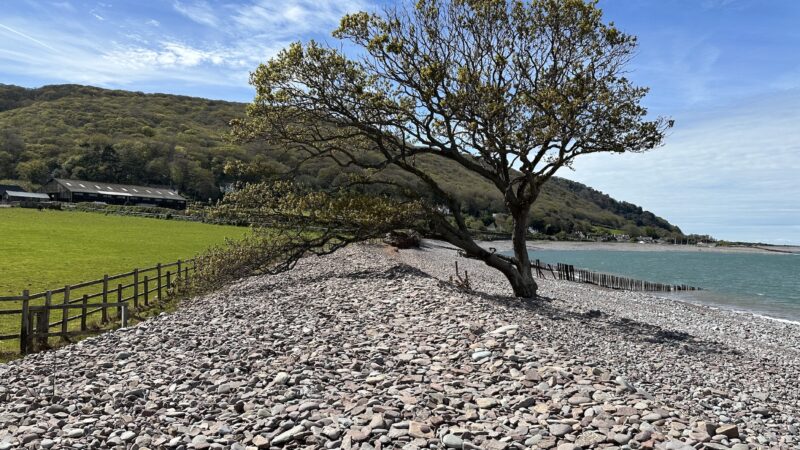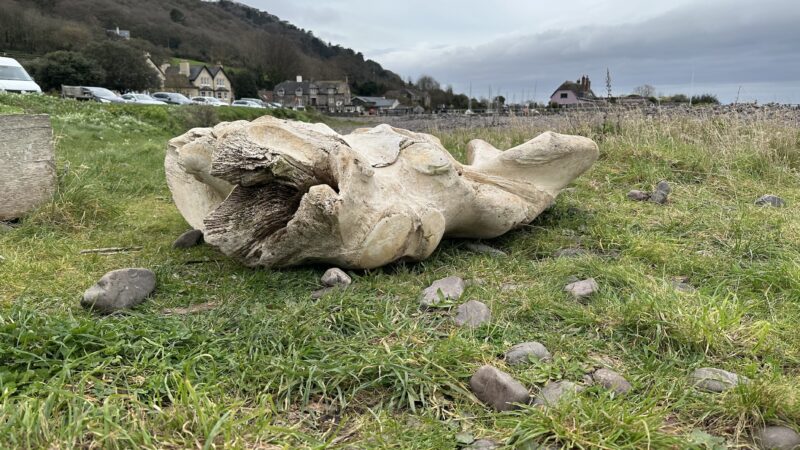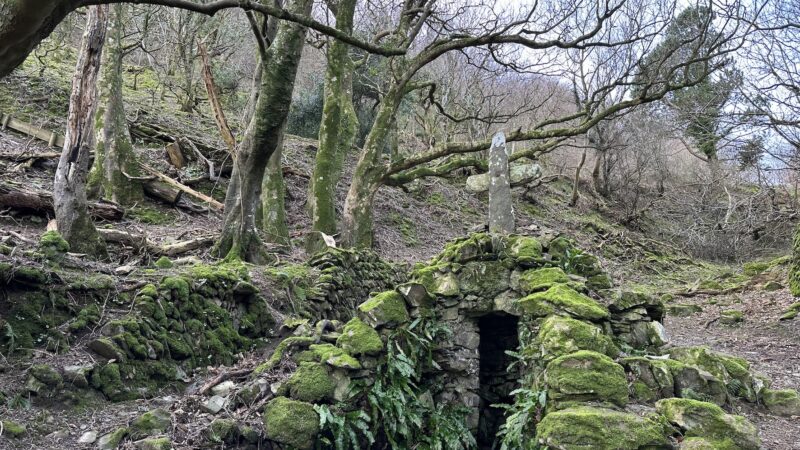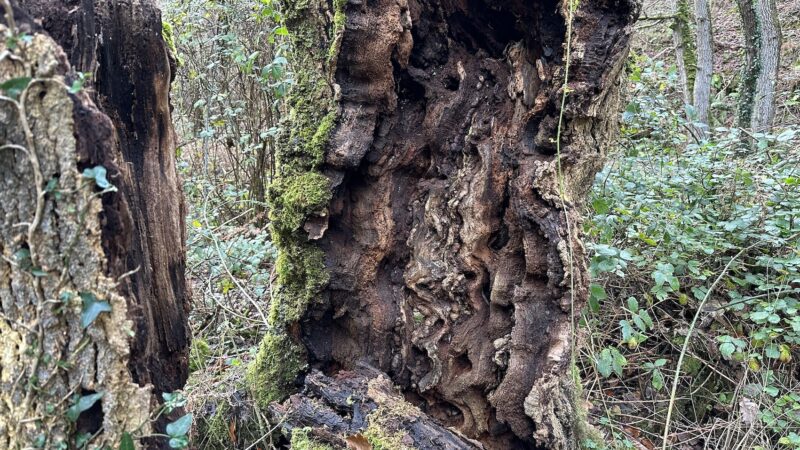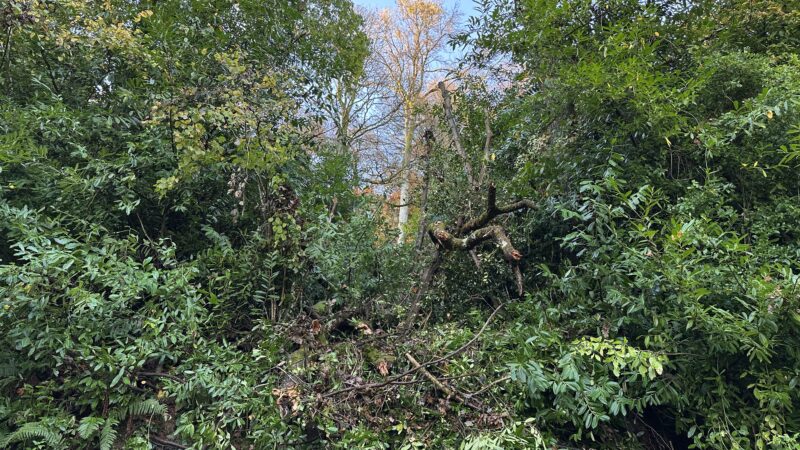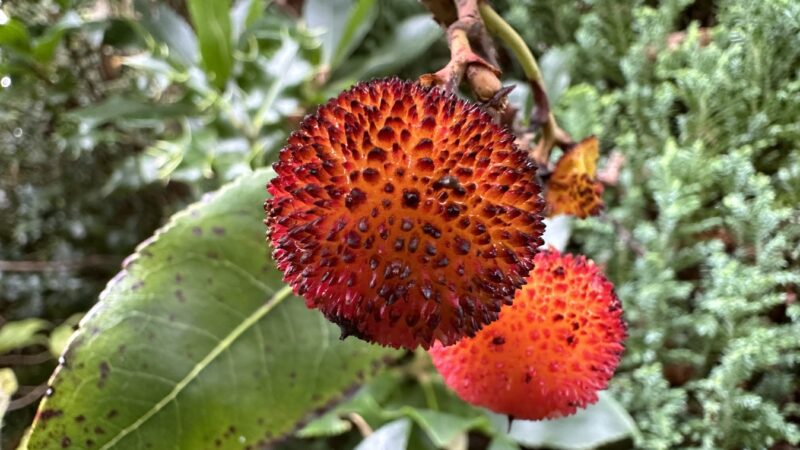Goldeneye lichen’s quiet resurgence
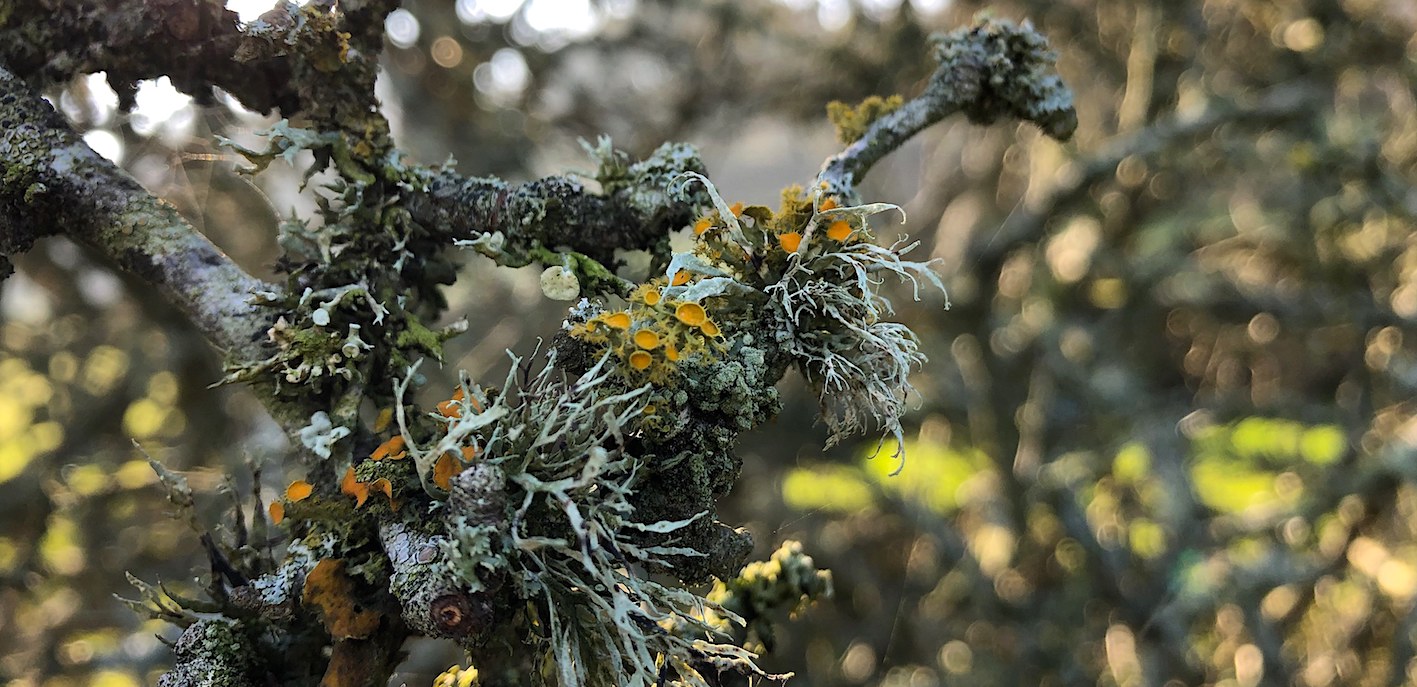
Tiny orange cups, no more than 3mm wide, cluster inconspicuously near the tip of a gnarled hawthorn twig. The rims are fringed with hairy cilia, curving like diminutive eyelashes. These structures are the apothecia, the fruiting bodies, of goldeneye lichen, a rare species now re-colonising the south coast of England after an absence of more than a century.
Teloschistes chrysophthalmus was considered extinct in the UK. In 2005 a single specimen was found on an apple tree in Herefordshire. Since then, more examples have appeared, mostly along the coast in Hampshire, Dorset and Devon. Goldeneye seems to like a combination of warm temperatures and sea mist.
Three specimens have been recorded at the National Trust’s Golden Cap estate near Lyme Regis. One is on the side of Golden Cap itself, the highest point on the south coast. Walkers puffing up the steep path near the summit, distracted by heart-leaping views over the coast below, wouldn’t suspect they are passing a rarity.
Goldeneye lichen is hard to find, even when you know where to look. The Golden Cap specimen is crowded by a bewildering variety of other species. Scaly crusts of pinkish Lecanora chlarotera give the host twig the appearance of a lizard’s leg. Clumps of green-grey Ramalina farinacea dangle seaweedy fronds over Xanthoria parietina, a species similar to goldeneye but with yellowy cups and no cilia. R fastigiata sprouts its tubby, tubular apothecia, the drab duck-egg hue of a “heritage” paint. Rounded black warts stud the cracked green crust of Fuscidea lightfootii.
These others are fairly common – L chlarotera, for example, often grows on trees in supermarket car parks. The idea that all lichens require pure air is a myth. A peculiar mix of fungi and algae, lichens derive nutrients from the atmosphere. Some positively thrive on airborne pollutants – X parietina is increasing as a result of nitrate and ammonia deposits. Many others are particularly sensitive and require highly specific conditions.
It could be that climate change combined with a reduction in sulphur dioxide in the atmosphere has allowed goldeneye to creep back into Britain. Spores probably blew across the channel from Brittany, where it is more abundant. No one knows for sure what has caused its quiet resurgence.
This piece was first published in the Guardian’s Country Diary column.
